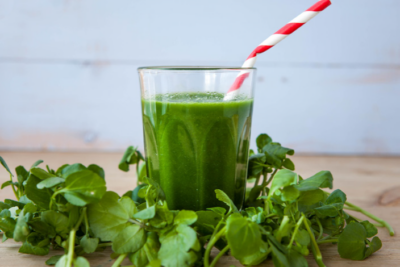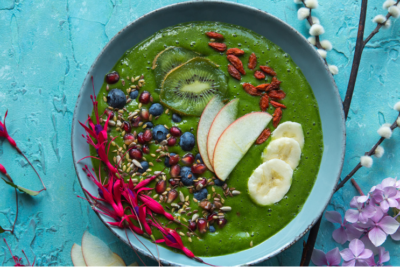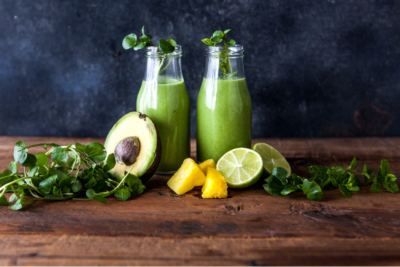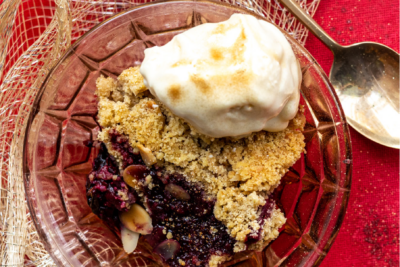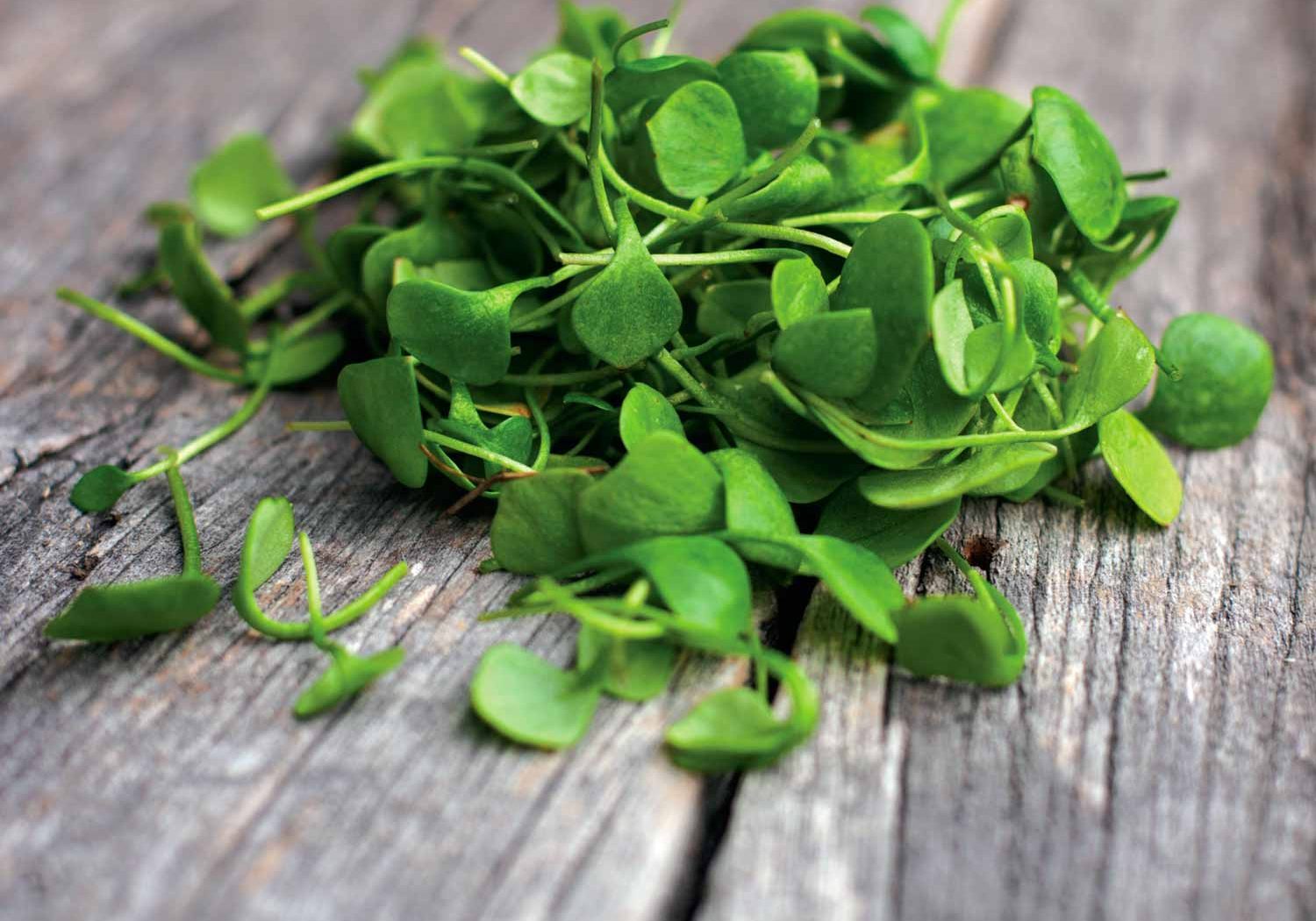
Salad days of watercress
by Northern Life
It’s not the sort of thing that you hear much about, is it? Not many people have even heard about it and certainly hardly anyone eats it! So, what is it and what do you do with it? It’s watercress!
Watercress belongs to the Brassicaceae family which includes cabbages, cauliflowers, broccoli, radishes and many other green vegetables. It is an edible vegetable which is normally used in salads and sometimes people even make soups with it.
Make sure you buy English watercress and not Dutch, French or Spanish produce, because the homegrown variety is a much better quality.
A dietician will tell you that watercress is good for you because it contains stacks of nutritious vitamins and minerals which are good for bone building and healthy eyes, especially if you eat it raw, as in salads. It is also believed that eating watercress helps to inhibit certain types of cancer.
Watercress has a pungent, slightly bitter, peppery flavour when eaten raw but this is not as obvious when made, say, into soup or mixed with other salad crops.
First grown commercially in the early 1800s in Kent, it is now grown in several other counties such as Hampshire, Wiltshire, Herefordshire and Dorset.
The town of Alresford, near Winchester in Hampshire, started a watercress festival some years ago which has grown in popularity. Alresford has many watercress farms in its surrounding area and has mineral-rich spring water together with the specially built railway line which enabled the farmers to get their produce to market in Covent Garden in London.
One of the highlights of the Festival is the World Watercress Eating Championship, where contestants have to eat two 80gram bags of watercress in the fastest time. (Which is not as easy as you think). There are many different ways in which the competitors can eat the watercress. Some compress the leaves into a small ball before trying to swallow it and others just stuff their mouths with handfuls of the peppery leaves and then chew like mad. The winner last year was a 50-year-old man from Basingstoke who managed to eat his way through the watercress in the record time of 1 minute 59 seconds.
Watercress Facts
- Around 400 BC on the Island of Kos, Hippocrates, the father of medicine, is said to have located his first hospital beside a stream so that he could grow a plentiful supply of watercress to help treat his patients.
- The Romans called it “nasturtium” which means “twisted nose”.
- Napoleon was a huge watercress enthusiast.
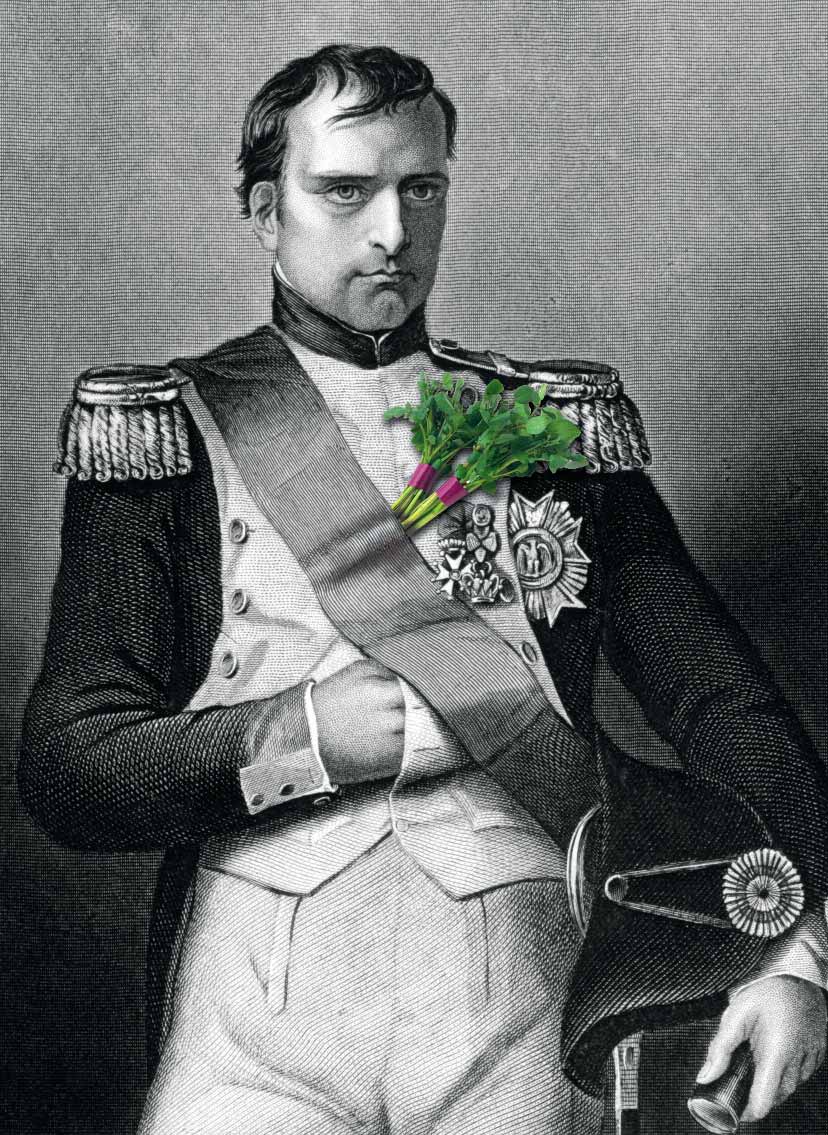
- The watercress industry continued to thrive during both World Wars when the country had to rely on home grown produce and watercress sandwiches at “high tea” became almost a national institution.
- Watercress was a staple ingredient in school dinners; indeed several experiments conducted by the Ministry of Health in the 1930s concluded that watercress was excellent for promoting children’s growth.
- In the 1940s more than 1,000 acres of watercress were under cultivation but by the end of the 20th century that figure had shrunk to 150 acres. Gradually, despite its noble history, watercress gained a reputation as being just a garnish, served up at steak houses and posh hotels.
- In 2003 British watercress farmers joined forces to once again raise the profile of this great British ingredient. A promotional campaign, “Not Just a Bit on the Side”, was launched, which has resulted in the industry enjoying a renaissance, with watercress once again being recognised as the original superfood.

